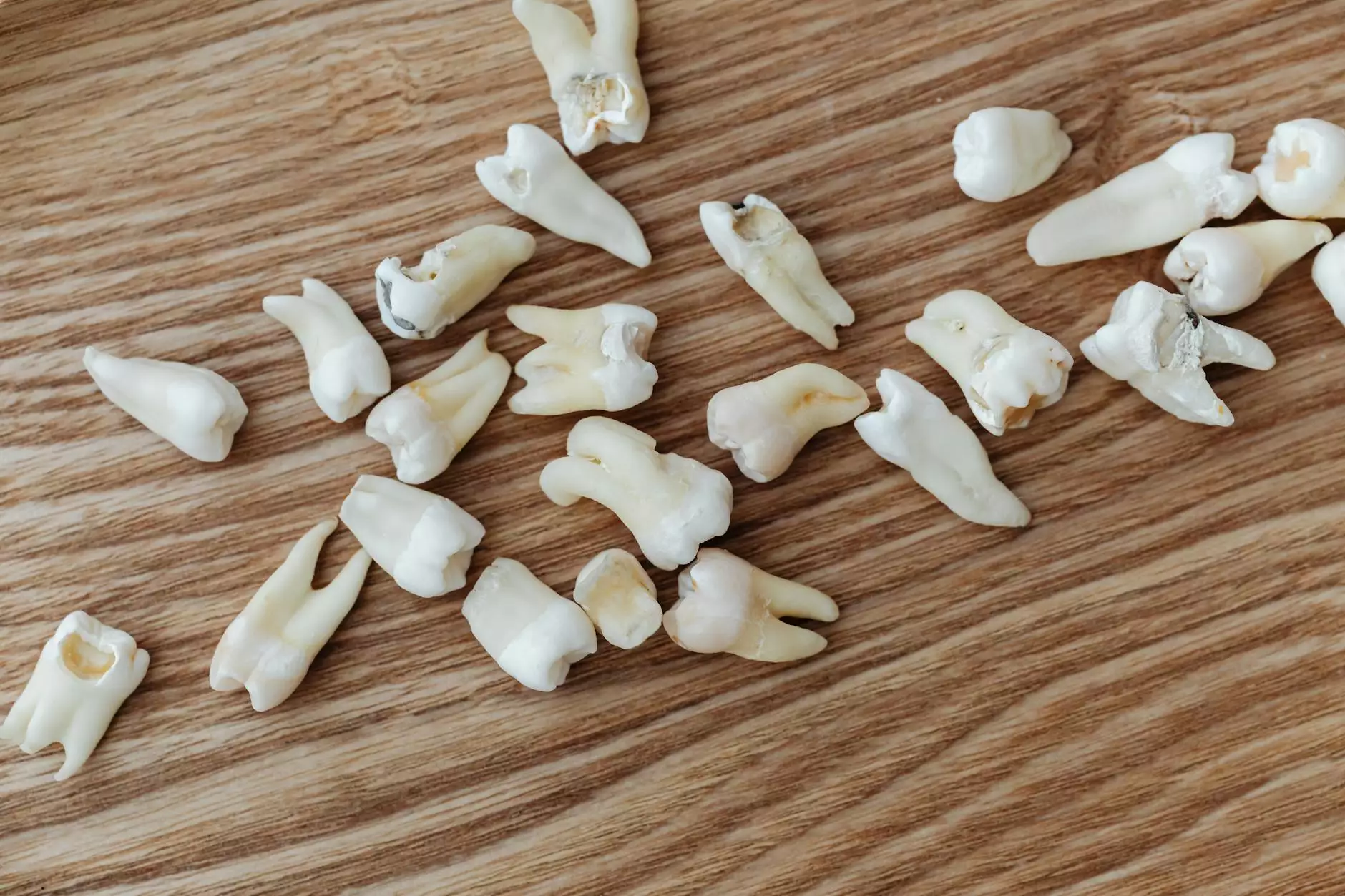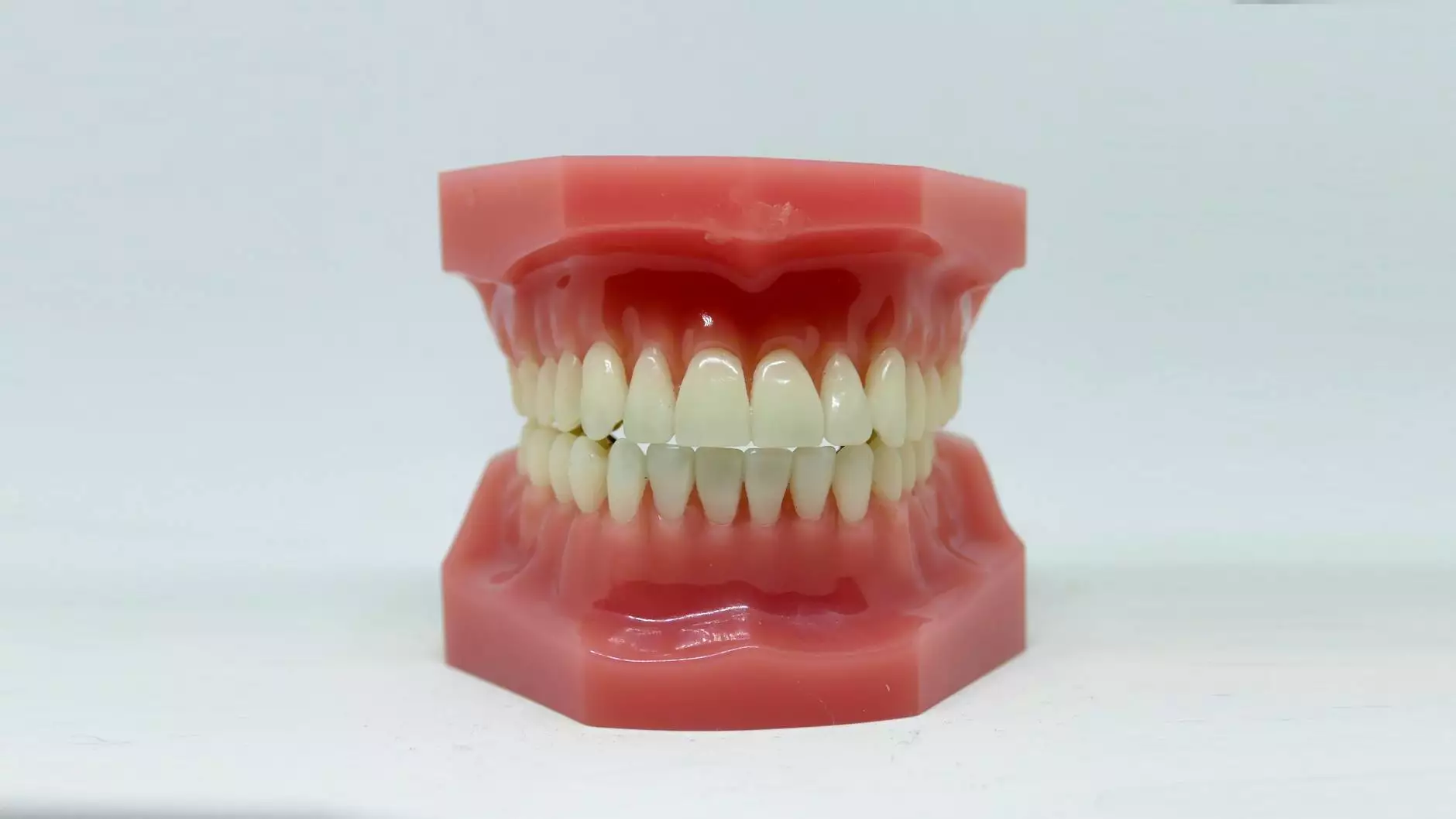Exploring the Art and Elegance of Venetian Glass Sculptures

Venetian glass sculptures are more than just exquisite pieces of art; they embody centuries of history, tradition, and unparalleled craftsmanship. Renowned worldwide, these sculptures serve as an emblem of beauty and sophistication, making them an ideal addition to any home or garden. In this article, we explore the rich tapestry behind these magnificent works, their techniques, and their significance in modern décor.
The Rich History of Venetian Glassmaking
The legacy of Venetian glass dates back to the 8th century when glassmakers from the eastern Mediterranean settled in Venice. The city became a melting pot of artistry and innovation, producing uniquely designed glassware that caught the attention of royalty and collectors alike. By the 13th century, Venetian glass was held in high esteem, with craftspeople experimenting with colors, shapes, and techniques that are still relevant today.
Influence of Murano Island
The island of Murano became the heart of the glass industry in Venice. In 1291, all glassmaking was moved here to mitigate fire hazards in the city. This move allowed the artisans of Murano to perfect their craft, leading to a distinct style characterized by vibrant colors and intricate designs. Today, Murano is synonymous with premier glass art and is home to many of the world’s finest glass sculptors.
The Artistry Behind Venetian Glass Sculptures
Creating Venetian glass sculptures is a meticulous process that requires both skill and creativity. Each piece is handmade, ensuring that no two sculptures are identical. Here are some key techniques that highlight the complexity of this craft:
1. Blowing and Shaping
Traditionally, glassblowing is one of the oldest methods used in the production of Venetian glass. Artisans blow molten glass into various shapes using a blowpipe. This technique allows for the creation of stunning forms and intricate details that set Venetian glass apart.
2. Murrine Technique
The murrine technique involves creating glass canes with patterns running through them, which are then sliced into cross-sectional disks. These disks are incorporated into sculptures, adding mesmerizing designs that catch the eye and add depth to the art piece.
3. Glass Fusing
In this technique, pieces of glass are layered together and then heated in a kiln until fused. This method allows artists to combine different colors and textures, resulting in dynamic sculptures that showcase depth and creativity.
4. Enameling and Decoration
Once the basic shape of the sculpture is formed, artists often decorate the pieces using glass enamels. This enhances the visual appeal and adds unique colors and patterns, making each sculpture a true masterpiece.
The Significance of Venetian Glass Sculptures in Home Decor
Venetian glass sculptures serve as a focal point in home décor, adding a unique blend of artistry and elegance. Here’s how these stunning works can enhance your space:
1. Elevating Aesthetic Appeal
The vibrant colors and intricate designs of Venetian glass sculptures can dramatically elevate the aesthetic of any room. Whether it’s a living room, dining area, or garden, these pieces bring a touch of sophistication and creativity, making them conversation starters.
2. Versatility in Style
From modern minimalism to classical opulence, Venetian glass sculptures are incredibly versatile. They complement various interior design styles and can fit seamlessly into any environment, enhancing both contemporary and traditional spaces.
3. Symbol of Luxury
Owning a Venetian glass sculpture is often seen as a symbol of luxury and refined taste. These works are highly valued not only for their beauty but also for their craftsmanship, making them a worthy investment for art collectors and enthusiasts alike.
How to Choose the Right Venetian Glass Sculpture for Your Space
Selecting the perfect Venetian glass sculpture for your home or garden involves considering several factors:
1. Size and Scale
Assess the space where you intend to place the sculpture. Larger pieces can serve as statement items, while smaller sculptures can be used to accentuate other décor elements.
2. Color Palette
Choose a sculpture that complements your existing color scheme. The vibrant colors prevalent in Venetian glass can either harmonize with or contrast against your decor for a dramatic effect.
3. Theme and Style
Consider the overall theme of your space. Whether it’s a modern, eclectic, or traditional style, select a sculpture that resonates with the aesthetic you wish to achieve.
4. Functionality
Some sculptures can also serve a functional purpose, such as a vase or a decorative bowl. Consider sculptures that offer both beauty and utility for a more practical approach.
Maintaining Your Venetian Glass Sculptures
To ensure your Venetian glass sculpture remains a stunning centerpiece for years to come, proper maintenance is essential. Follow these simple care tips:
- Regular Dusting: Use a soft, dry cloth to dust your sculpture regularly. Avoid abrasive materials that might scratch the glass.
- Safe Cleaning: When necessary, clean the sculpture with warm soapy water and a soft cloth. Avoid harsh chemicals, as they can damage the glass finish.
- Proper Placement: Keep the sculpture out of direct sunlight to prevent fading of colors and ensure it is placed on a stable surface to avoid accidental damage.
- Professional Restoration: If your sculpture suffers damage, seek professional restoration services to maintain its integrity and value.
The Future of Venetian Glass Sculptures
The art of Venetian glass sculpture is continually evolving. Artists are pushing boundaries, experimenting with modern techniques, and integrating contemporary themes into their works. This innovation ensures that Venetian glass art remains relevant, attracting new collectors and enthusiasts.
Emerging Trends in Design
Today’s artists are embracing sustainability and eco-friendly practices in their work. This shift is leading to the creation of sculptures from recycled glass materials, adding an additional story and meaning behind each piece. As the world of art evolves, so does the fascination with Venetian glass sculptures, ensuring they remain a coveted element in home and garden décor.
Conclusion
In summary, venetian glass sculptures are not simply decorative items; they are rich in history, artistry, and cultural significance. Their unique craftsmanship and aesthetic appeal make them perfect for enhancing any space. By understanding their background, the intricate processes involved in their creation, and how to incorporate them into your home decor, you can appreciate and showcase these masterpieces in various settings. Embrace the elegance of Venetian glass sculptures and let their beauty transform your living spaces.
For more exquisite pieces of venetian glass sculpture, visit mademuranoglass.com, where timeless artistry and modern design collide.



